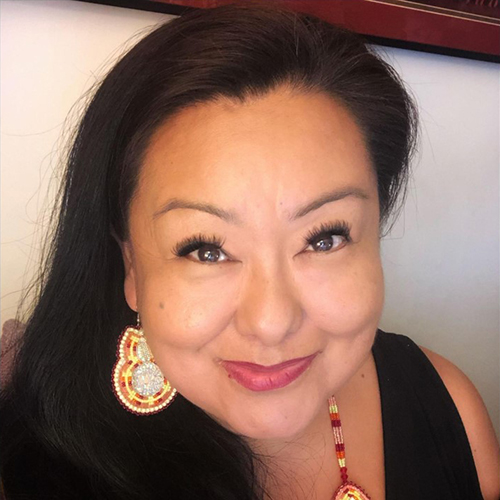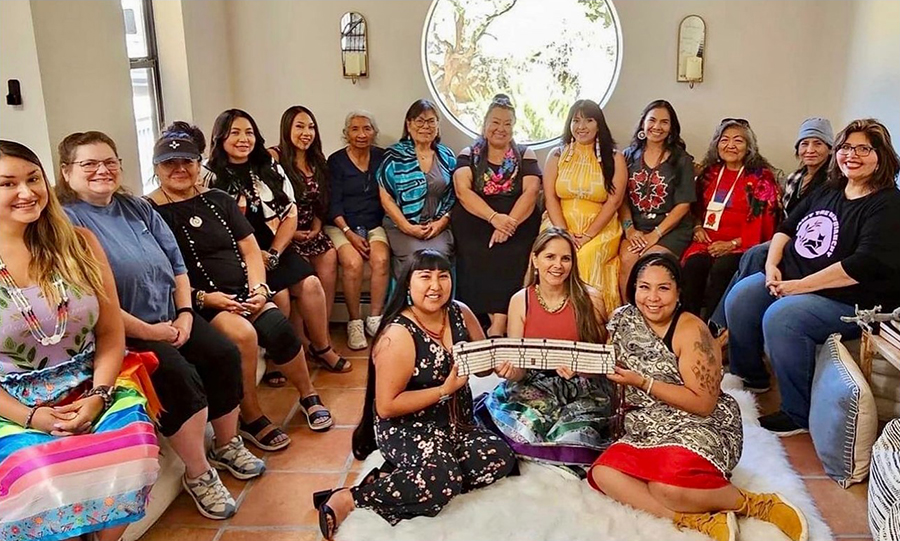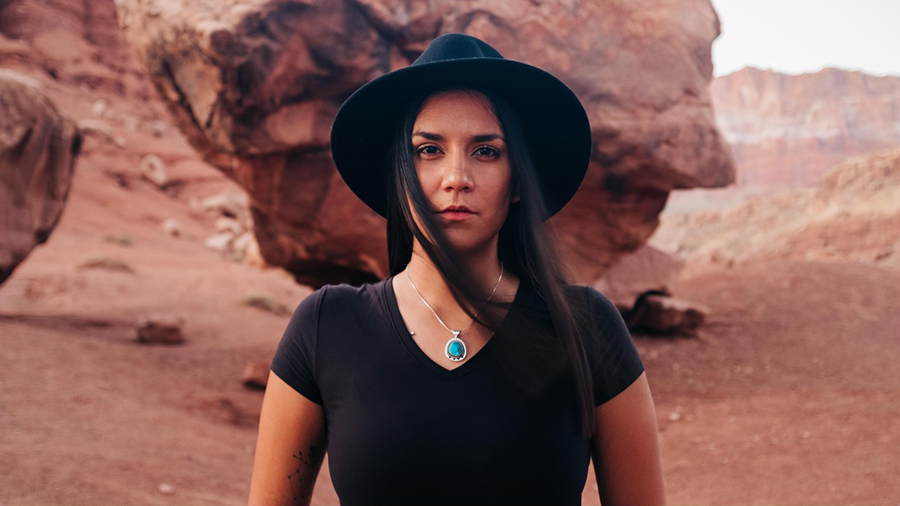More than three million disabled women live in the 26 states that have banned or are likely to ban abortion since Dobbs WASHINGTON, D.C. – May 1, 2024 – The National Partnership for Women & Families (NPWF) released a new analysis on post-Dobbs America,...

Inequality Didn’t Just Happen… It Was By Design. It’s Time to Return to Our Values and Return to the Heart.
Equal pay is one marker of the multitude of inequalities Native women face. We are a young democracy as an American government that can still learn from the values of its Indigenous people who cultivated and cared for this land since time immemorial, sustaining it for generations to come.
Original land stewards, but now paid just 55 cents on the dollar
Native Women’s Equal Pay Day is November 30th, a day to spotlight the importance of equal pay, opportunities, progress, and disparities. As of 2022, overall median wages for Native women in the U.S. sit at $30,584 per year, compared to annual median wages of $55,859 for white, non-Hispanic men. This amounts to a difference of $25,275 each year.
If you grew up in the American educational system, you may have learned that our democracy in the U.S. today was inspired by the Haudenosaunee – People of the Long House Nations or Iroquois Confederacy (what colonists call the people). In the Haudenosaunee Confederacy and the majority of Native Tribal Nations, women were valued as life givers, leaders, caretakers, helpers, and healers.
Native women in the Haudenosaunee Confederacy have had a political voice since its founding more than 1,000 years ago. Highly respected women leaders (clan mothers) continue to have the responsibility to nominate, hold office, and remove their leaders (chiefs). The Great Law of Peace is the constitution of the Haudenosaunee Confederacy, which is the longest-standing democracy in the world. The colonial leaders, who would later be called Founding Fathers, embraced components of the confederacy. The core principles (values) of the Haudenosaunee constitution are peace, equity, and justice; these principles inspired the U.S. Constitution and fortified a system for protecting the values and the heart of our democratic structure for a government “for the people, by the people.”

But, an important piece was left out… the rights and status of women.
So, how did we get to a place where we have disturbing disparities for Native women’s pay? As well as, disparities in all women’s pay, especially women of color?
As the U.S. democracy was developing, it rejected and excluded the rights of women and people of color by design. At that time, women were looked down upon as property. Violent acts against them, such as rape, were widely acceptable, especially in marriage. Native people were seen as uncivilized savages who did not deserve their land. Black people were also brought as human trafficking victims for the purpose of exploitation through slavery. Religion and concepts of the Doctrine of Discovery and Manifest Destiny were used to justify colonization and genocide of Native people in the name of Christianity. In March of this year, the Vatican repudiated the Doctrine of Discovery and renounced cultural or racial superiority, which allowed for objectification or subjection of people. The genocide of Native peoples on U.S. land sometimes goes unacknowledged in history books and today.
How far have we come in closing the gap of disparities and what is truly making a difference? Do we need to pass more legislation and protections? Why are women still NOT being valued, protected and treated equally in a country that has embraced values of equality, justice and that “all men (people) are created equal?”
Social justice movements have included Native and non-Native advocacy organizations, social justice organizations, equity-focused organizations and representatives in local, state and federal positions who are fighting for equality. They are doing critical work to pass legislation, such as the Equal Pay Act of 1963, and continuing work on legislation including the Family And Medical Insurance Leave (FAMILY) Act, Paycheck Fairness Act, BE HEARD Act, and Pregnant Workers Fairness Act.
Although the inequalities facilitated by policies of assimilation were highly effective in many ways, the values of so many of the Indigenous people remain intact and cultural revitalization has begun. We can still learn from Native values that consider women as sacred givers of life. We can learn from Two-Spirit values of love, individualism, expression and seeing things through a different perspective. We can learn from Native values related to children, such as tribes who call their children Wakanyeja (Lakota) or “sacred gift.” We can learn from the values of the people who were this country’s first philanthropists who give, share and measure wealth by the amount they could give away based on community needs, not on their abundance.

Americans can still learn from Native values that hold solutions to many of the issues we face today. When women (Native women and all women) are seen as equal and valuable with actions taken toward justice, only then can we heal the heart of our nation and be the dream of equality.
To learn more about supporting Native Women and Girls see Return to the Heart Foundation.

Gina Jackson MSW, Co-Founder and Co-CEO
Gina Jackson is Western Shoshone and Oglala Lakota. She is the Co-CEO of the Return to the Heart Foundation that she Co-Founded in 2020. Gina’s philanthropic experience includes Native Americans in Philanthropy, Casey Foundation serving as an IPA at the Assistant Secretary’s Office of the Interior before joining the Obama White House Community Solutions Team during the last year of the Administration. She has more than 20 years experience encompassing state/tribal justice (Judicial Education), collaboration, policy, and philanthropy. She is a connector, igniter, innovator, and equity builder with a vision to bring healing for our nation and beyond.


